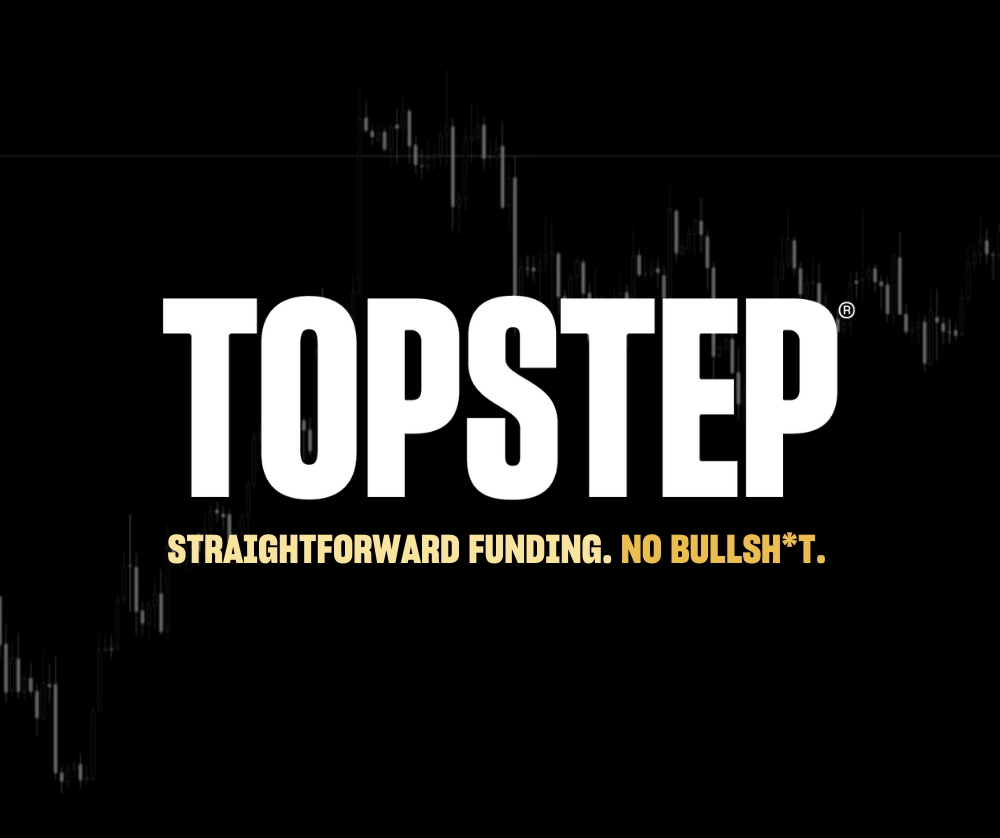“The very best money is made at the market turns. Everyone says you get killed trying to pick tops and bottoms and you make all your money by playing the trend in the middle. Well, for 12 years, I have been missing the meat in the middle, but I have made a lot of money at tops and bottoms.”
—Paul Tudor Jones
Investing experts and many trading gurus will warn against attempting to pick tops and bottoms.
If the trend is down, then trying to call the bottom is like trying to catch a falling knife, they say. Likewise, if the market is soaring to irrational levels, then trying to short it is even more irrational. The “trend is your friend,” the saying goes. Conventional wisdom dictates to go along for the ride.
Yet, while the dangers are real, unconventional wisdom shows that the rewards from successfully identifying market turns are great. And, there are master traders whose skills are legendary at doing just that, navigating the market’s jagged turns.

Like most things in life, lacking a strategy and experience can leave you inadequately prepared to the task. But, having both means you are better prepared to achieve your outcome. To call tops and bottoms more accurately, it helps to use a reliable framework by a successful trader.
The master traders make winning look easy. However, that’s misleading because the skills that they display have been honed over and over again through painstaking practice of the fundamentals. They have put in countless hours of practice in studying price action and the psychology of the market. They personify the rule made famous by Malcolm Gladwell, who said that “10,000 hours is the magic number of greatness.”
Tedious practice of the basics isn’t as sexy or glamorous as finding some fancy-named indicator. That’s searching for the “Holy Grail.” But, catching a new trend at its very beginning is about as close to the Holy Grail as it gets.
One 45-year veteran Wall Street fund trader went into an intensive period of study for years on how to spot new emerging trends. He discovered that using a simple set of rules combined with technical analysis can help you call tops or bottoms.
First, you need to learn how to do the one thing that most traders get wrong (even though they think they’re doing it right).
It is…how to draw a trendline.

Victor “Trader Vic” Sperandeo has been a lifelong student of the markets. While not as well-known as some of the bigger names on Wall Street, Sperandeo has been breathtakingly consistent in his performance.
Looking back on his career, this has been a source of pride for him professionally.
As such, it has shaped his trading approach and how he identifies an impending price reversal. To achieve that high level of consistency, he uses a rules-based approach to drawing a proper trendline.
In his book, “Trader Vic: Methods of a Wall Street Master,” Sperandeo writes that for an uptrend, you need to connect the lowest price low to the highest price low that precedes the highest price high without the trendline passing through prices between the two points. Then, you extend the trendline to track future price movement.
For a downtrend, you connect the highest high price point to the lowest minor high price point that precedes the lowest price high without passing through any of the price action between the two points. And, like the upward trendline, you extend the trendline to track any future price movement (see “Golden slide,” below).

This method is simple and direct so it remains consistent in its application as you learn the next step.
The 1-2-3 method
Sperandeo’s intensive study on price reversals helped him form an approach that he felt would make it as easy as “1, 2, 3” to spot a change in the trend. This became the method’s namesake as he began applying it.
There are three types of trend changes that can signal a top/bottom:
- A trendline is broken by price action.
- A trend, if bullish, stops making higher highs and higher lows. If bearish, it stops making lower highs and lower lows.
- Prices rally above a previous short-term minor price high in bearish trend, or below a previous short-term minor price low in a bullish trend.
When one of these events takes place, it’s a signal that a potential top or bottom has formed. It also signals that the possibility of a price reversal is present. If two of these events take place, it increases the likelihood that a change in the trend will take place. If all three of these events take place, then a top/bottom has formed and a trend reversal is in place.
Sperandeo’s rules-based approach to trend change identification is a study of simplicity. There are no complicated rules to second guess. As a result, you’ll find that trading with these three events in mind will help you spot tops and bottoms more often than not.
The only problem you might face is that by the time all three conditions of “The 1-2-3 Method” are met, you might miss part of the new move.
Fortunately, Sperandeo made some observations on how to prevent this from happening. One method proved to be his personal favorite and went on to make him a lot of money.
It’s called…
The 2b criterion
When the first condition of The 1-2-3 Method is met, the trendline is broken, which signals a potential change in the price trend. When the second condition of The 1-2-3 Method is met, the likelihood of a price reversal is increased (see “Trade entry,” below).

It’s at this stage of weakness that a “last gasp” can form in price. This phenomenon called for special condition to be allowed within The 1-2-3 method to identify a high probability signal. This is called “the 2B criterion.”
During the second event of a potential trend change, price will fail to make another series of higher price highs and higher price lows in a bullish trend. Conversely, in a bearish trend, price will fail to continue to make a series of lower price highs and lower price lows.
But, price may trade back to the previous price high in an uptrend or previous price low in a downtrend but fail to follow through. As a result, there is a higher probability that a top/bottom has formed and price will reverse. This retest of the former price high/low based on the 2B criterion allows for an earlier entry.
Sperandeo is a big proponent of using Dow Theory in his trading decisions.
He feels that whether timing the market to call the top or bottom of the market, or to trade with the trend, that it is wise to understand what was happening with the overall market.
Because 75% of stocks move in tandem with the overall market, this would seem like a smart move. It makes no sense to trade price reversals if the major indexes like the Dow Jones Industrials or the S&P 500 are trending with no signs of weakness.
Check for signs of distribution during a bullish market and accumulation during a bearish market. Both accumulation and distribution can be identified by gains of 1% or greater on a given trading day when combined with greater daily volume than the previous trading day.
For bullish markets, four to six distribution days within a four-week period is a red flag. This weakness will trickle down into the rest of the market.
For bearish markets, look for the trading day that either sets the price low, or follows the significant price low, but gains 1% or more on greater volume. Then, look for the same pattern to occur within four to seven days from that point. This is called the “follow-through day” and signals that a bottom in the market has formed.
These are complimentary methods to Sperandeo’s approach and will help you spot weakness and strength in the general market.
Fertile ground
This method is particularly good at timing stocks or markets that aren’t on Wall Street’s radar. Most traders look for trending markets, not unpopular markets where tops or bottoms have been forming over time.
Keep an eye out for out-of-favor or forgotten sectors or commodities. New emerging trends could yield massive returns with the 1-2-3 method and the 2B criterion.
Also, looking at in-favor, popular stocks and markets can be a fertile hunting ground for upcoming reversals. Cable news is a great resource for finding high-flying stocks or markets that are due for a change in trend.
As you use The 1-2-3 Method, you’ll find that you’re more accurate in your calls which should translate into a more profitable bottom line.




